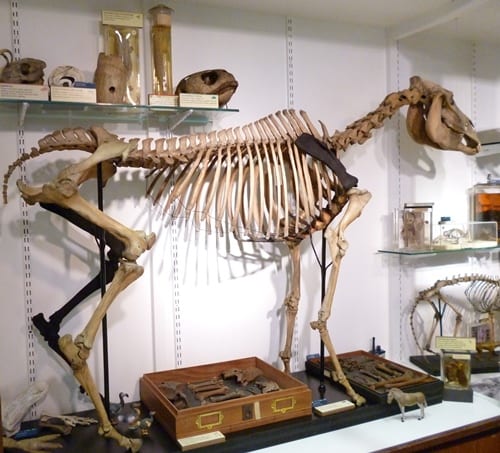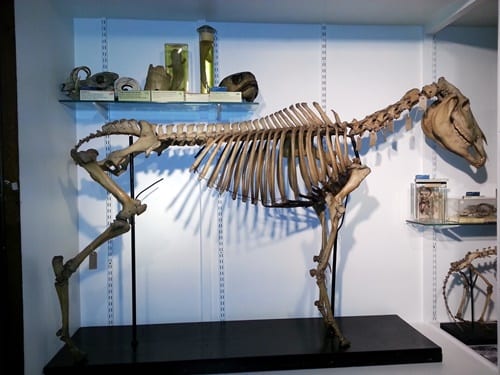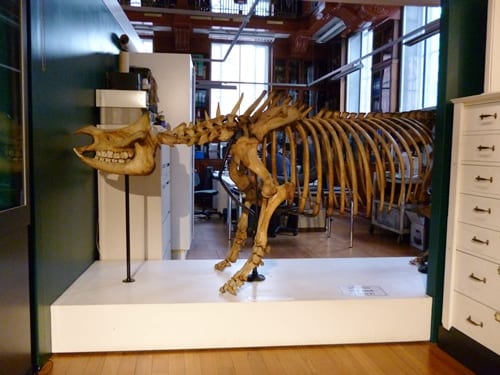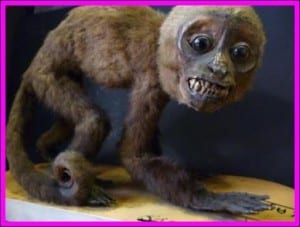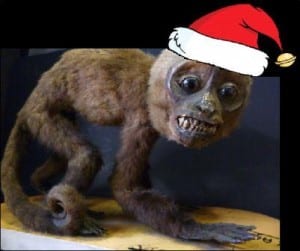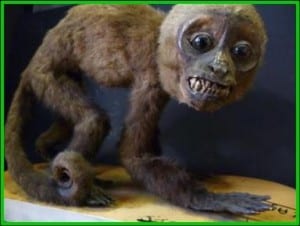The Grant Museum’s Fifth Birthday
By Jack Ashby, on 15 March 2016
Happy birthday to ewe
Guppy birthday to ewe
Guppy bird-jay deer Grant Museum
Guppy bird-jay shrew ewe.
On the 15th March 2011 the Grant Museum 2.0* opened its doors to a new era. It was the day we begun our lives in our current home on the corner of Gower and University Streets. Permit me to be a little sentimental, but it was the start of something wonderful. It’s been an amazing five years in which our little museum has really grown in stature to be a significant part of London’s cultural offer. Here’s what’s happened over the last year, which I think it’s fair to say has been our best ever! (more…)
 Close
Close



